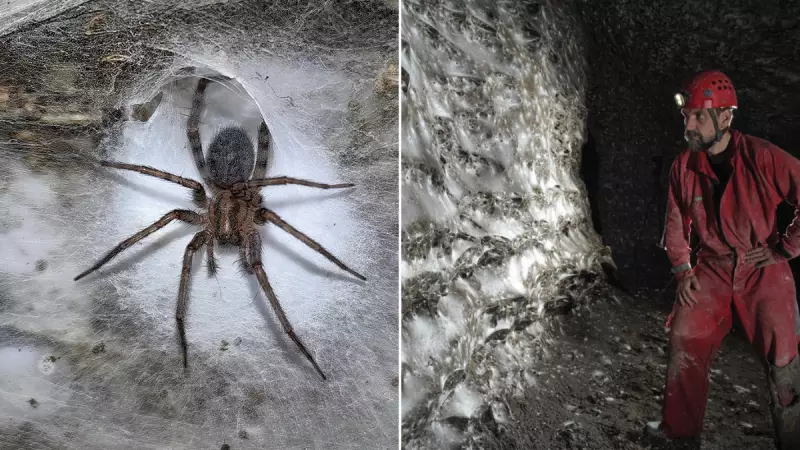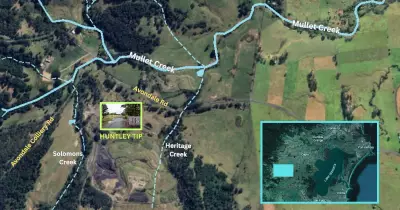
In a discovery that sounds like something from a science fiction film, researchers have documented what may be the world's largest spider web, stretching across regions of Albania and Greece and teeming with an incredible population of arachnids.
A Living Tapestry of Astonishing Scale
The massive web structure represents one of nature's most remarkable collaborative efforts, housing more than 110,000 individual spiders living in what scientists are calling an unprecedented arachnid metropolis. This isn't your typical backyard spiderweb - it's a complex, interconnected network that has researchers rethinking what we know about spider behaviour.
International Arachnid Architecture
What makes this discovery particularly fascinating is how the web crosses international boundaries, creating a natural phenomenon that connects Albania and Greece through its silken threads. The scale of this construction challenges previous understanding of how spiders can cooperate on such a massive scale.
The ecological implications are significant, showing how environmental conditions can lead to extraordinary adaptations in animal behaviour. Researchers are particularly interested in how this massive colony manages resources and maintains the structural integrity of their expansive home.
Scientific Community Buzzing with Excitement
Entomologists and arachnologists from around the world are expressing both amazement and curiosity about this discovery. The web provides a unique opportunity to study spider social structures and cooperative building techniques on a scale never before documented.
This represents a breakthrough in our understanding of arachnid capabilities, offering insights that could influence everything from materials science to ecological conservation efforts.
What This Means for Future Research
The discovery opens up new avenues for scientific investigation, particularly in understanding how environmental factors can lead to such extraordinary natural phenomena. Researchers are now monitoring the web to learn more about its maintenance, growth patterns, and the complex social dynamics of its inhabitants.
As scientists continue to study this remarkable structure, one thing is clear: nature still holds surprises that can fundamentally change our understanding of the animal kingdom and its capabilities.





